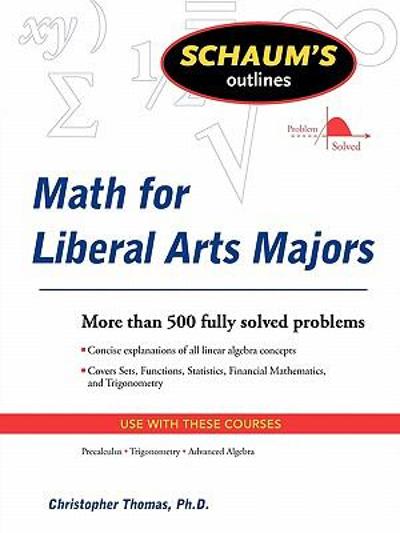Question
Question 2: A particle moves on a circle through points that have been marked 0, 1, 2, 3, 4 (point are marked in a clockwise
Question 2:
A particle moves on a circle through points that have been marked 0, 1, 2, 3, 4 (point are marked in a clockwise order). The dynamics of particle movement is as follows:
Random walk 2: The particle must move clockwise or counter-clockwise at each step.
The next move is clockwise with probability 0.75 if earlier two moves were clockwise; - with probability 0.6 if immediately previous step was clockwise and the one before was counter-clockwise.
The next move is counter-clockwise - with probability 0.8 if earlier two moves were counter-clockwise; - with probability 0.7 if immediately previous step was counter-clockwise and the one before was clockwise.
Under this new model, answer the following questions:
(D) Can you model this movement as a Markov chain? Please specify the sequence of the random variable {Yn}. Also specify transition probabilities in the form of one-step transition matrix.
(E) Determine n-step transition probabilities for n = 5, 10, 20, 40, 80.
(F) Suppose last two movements were clockwise. Determine the probability of clockwise movement after 5 steps.
(G) Suppose last movement was clockwise. We don't know the precise information about the earlier movement. We estimate that the earlier movement could be either clock-wise or counter-clockwise equally likely. Then, what is the probability of clockwise movement after 5 steps.
(H) What is the steady-state probability? How does this compare to probabilities as n grows large in part (E)?
(I have posted the entire question below, but please only help with answering the Random Walk 2. I just wanted to add the attachment in case you may need it for reference, however I am sure that the questions listed above from Question 2 do not need information given in question 1. Thank you!)

Step by Step Solution
There are 3 Steps involved in it
Step: 1

Get Instant Access to Expert-Tailored Solutions
See step-by-step solutions with expert insights and AI powered tools for academic success
Step: 2

Step: 3

Ace Your Homework with AI
Get the answers you need in no time with our AI-driven, step-by-step assistance
Get Started


